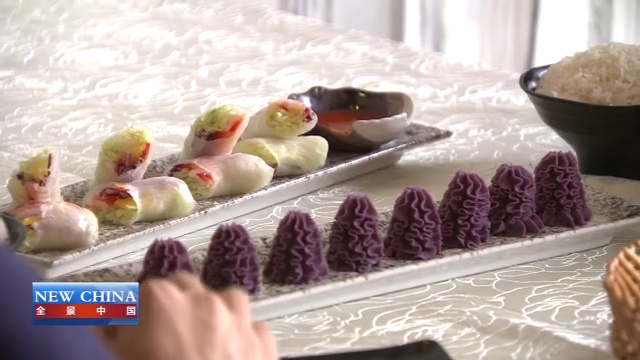
11:28, 17-Sep-2019
Celebrating 70 Years of New China: From food stamps to delivery: Chinese's dinner table gets richer and more diverse
Updated
11:38, 17-Sep-2019

As recently as the early 1990s, food stamps were still how much of China bought its food. The market-driven economy launched in 1978 eventually paved the way to a growing middle class whose tastes matured, and today, you can find nearly any type of restaurant in China's big cities. But reaching this new norm was a challenge. Sun Tianyuan has more.
Restaurants specializing in cuisines from all over the world line China's busiest streets. But this wasn't always the case. In the early years of the People's Republic of China, the planned economy dictated that people had to purchase their daily food, from staples to meat and eggs, with food stamps.
DR. LIU CHUNSHENG CENTRAL UNIVERSITY OF FINANCE & ECONOMICS "Because agriculture production was strictly planned, and production capacity was low. These made food rationing and issuing food stamps necessary."
Food stamps were phased out of circulation in 1993, a decade and a half into the more market-driven economy seen today. The nation's agricultural production also took off as a result. Now, the catering sector thrives in China as people have bigger bank accounts. And technology makes it easier than ever for people to get meals via delivery.
DR. LIU CHUNSHENG CENTRAL UNIVERSITY OF FINANCE & ECONOMICS "China has the world's largest consumer market and a booming middle class. Now it is also easier for people to buy imported food products. People's dining tables, as well as China's restaurant scene, will get more diverse."
Now China's catering sector is a more than 4 trillion RMB market. But experts say the market still has great potential, especially in China's growing smaller cities. STY, CGTN.
SITEMAP
Copyright © 2018 CGTN. Beijing ICP prepared NO.16065310-3
Copyright © 2018 CGTN. Beijing ICP prepared NO.16065310-3